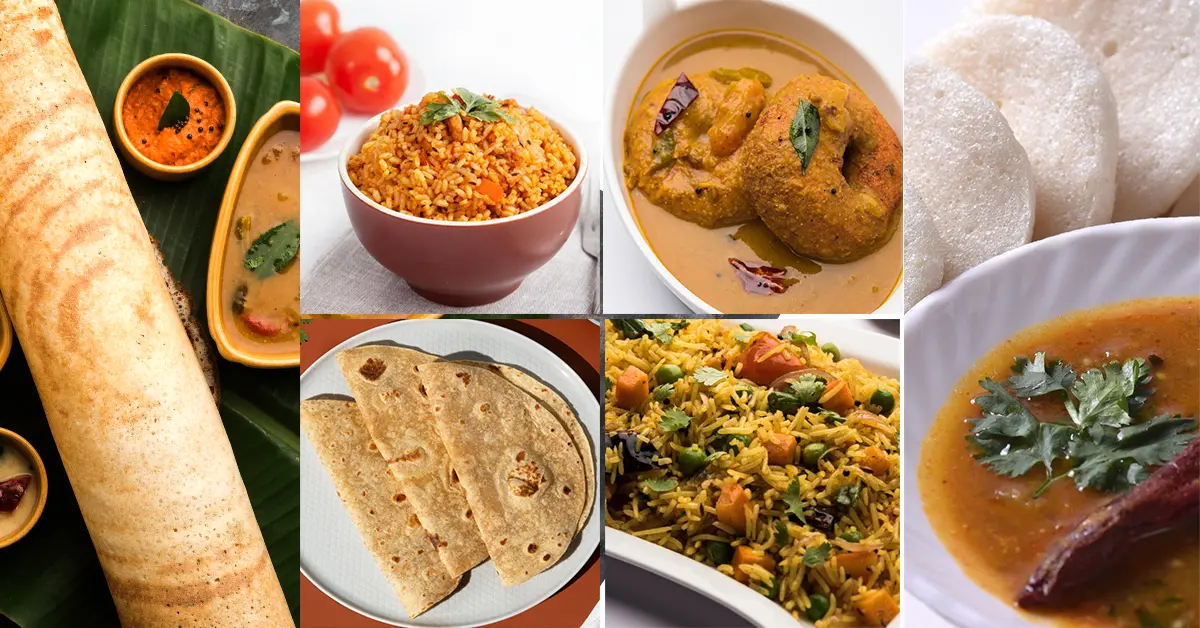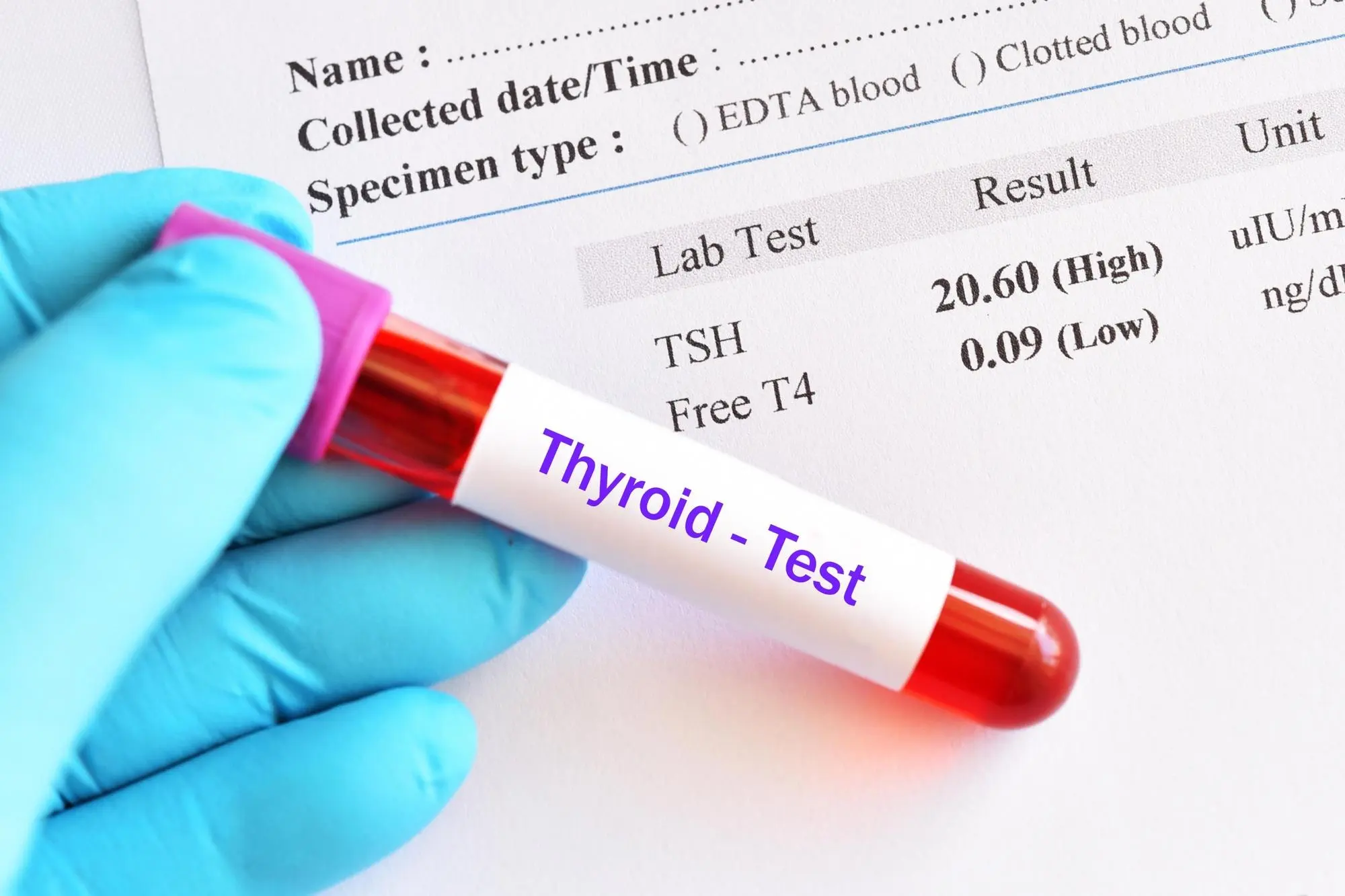After the initial few days of getting injured, it’s time to get active! This is where the LOVE part of the protocol comes in:
L = load: light movement should begin as soon as the reduction in pain allows it. This may be as little as bending your ankle or knee forward and backward without any external resistance. Movement builds tissue tolerance to stress, increases fluid flow and reduces pain sensitivity.
O = optimism: after an injury, it is easy to get down on yourself, or your ability to play sports or do the activities you enjoy. Research has shown that long-term pain and recovery often has a bigger psychological component than a physical one. Staying positive and not catastrophizing the situation is as important for long-term improvement as the active recovery segment.
V = vascularization (through cardiovascular exercise): engaging in easy but consistent cardio that is pain-free should start within a few days of getting injured. Aerobic exercise helps reduce pain, increases blood-flow to the damaged tissues and builds motivation for further exercise as the injury heals. Cycling and swimming are great ways to get cardio while injured, depending on your individual situation.
E = exercise: Once the injury has settled down, it’s time to start loading the area! Without proper loading, it is difficult to get back your previous strength, mobility and endurance. Exercise also helps with preventing recurring injuries by making sure the affected tissue knows how to handle high loads.
It’s always discouraging to get injured when exercising or playing sports, but it’s not the end of the world! A competent physiotherapist that specializes in sports injuries is your best bet for good care, as is a good athletic therapist. Just make sure they know and follow the PEACE and LOVE protocol, or something close to it! Always consult your diabetes healthcare team if you’re unsure about the best approach for your specific condition or if healing seems delayed.



